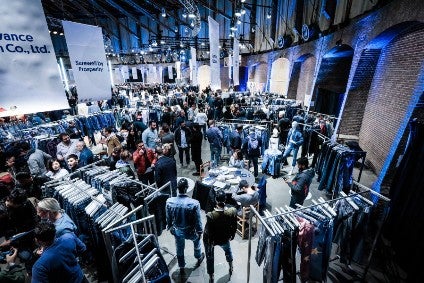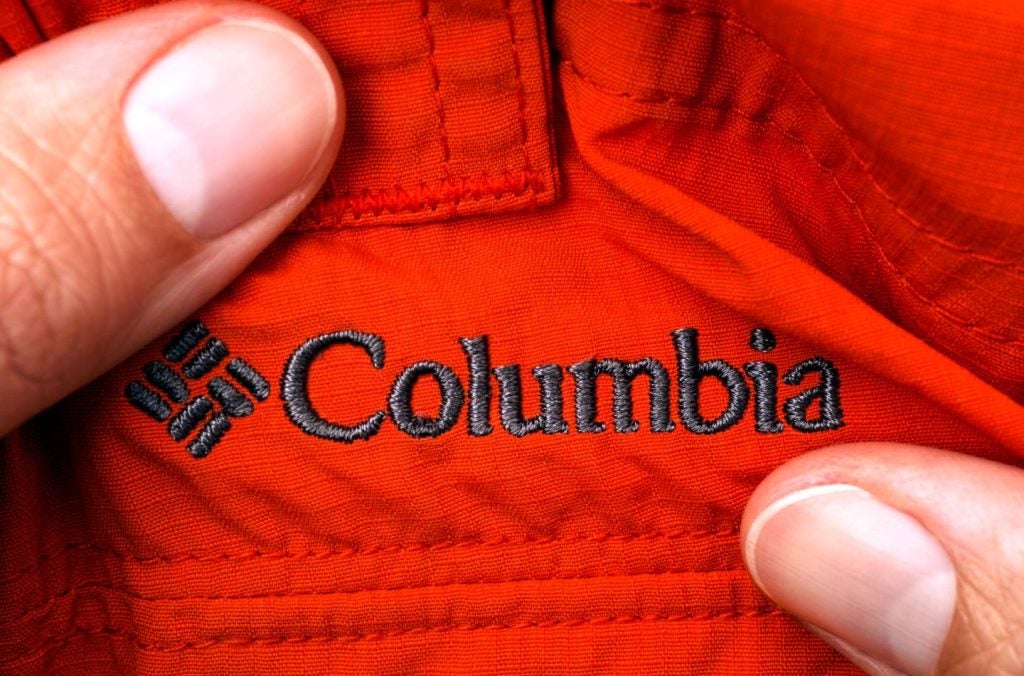
The coronavirus pandemic is encouraging textile trade shows to consider virtual and other digital alternatives as it forces the cancellation of myriad events around the world.
“This is changing the whole dynamic, especially for the equipment and machine side [trade shows],” says Michael McDonald, president of SPESA (Sewn Products Equipment & Suppliers of the Americas). “Everyone is looking for online shows, digital conferences or video tours.”
SPESA, which co-produces the 9,000-strong Texprocess show from 22-24 May until sometime in December, is considering the possibility of using video tours and other online technologies to showcase its members’ products. However the move might prove challenging – and expensive – as virtual trade shows are a new phenomenon.
“It could be $2,000 to tens of thousands depending on the type of software you plan to use,” McDonald muses. “If you do Youtube videos, it costs nothing but a virtual trade show would be very expensive.”
McDonald is currently speaking to SPESA members to assess if and how they can use virtual events or webinars to reach their customers in key operating markets such as Atlanta, New York and Miami.
See Also:
Depending on findings, the organiser may opt for scheduling “mini shows” that will feature sewing and cutting machines on one day and product lifecycle management (PLM) and other software on another.
How well do you really know your competitors?
Access the most comprehensive Company Profiles on the market, powered by GlobalData. Save hours of research. Gain competitive edge.

Thank you!
Your download email will arrive shortly
Not ready to buy yet? Download a free sample
We are confident about the unique quality of our Company Profiles. However, we want you to make the most beneficial decision for your business, so we offer a free sample that you can download by submitting the below form
By GlobalDataAlternatively, SEAMS could also launch a virtual show pilot in the next couple of months, depending on how the virus develops in the US, where some health officials hope the epidemic will plateau by the summer, averting more economic losses.
“Our goal is to still have the show, in December or some other date,” McDonald adds. “We will probably have some virtual component of it to bridge the gap” until a fuller physical show can be set.
Make it British goes virtual
Meanwhile other events, such as UK sourcing expo Make it British, are getting ahead of the game to launch a virtual version in two months as the world quarantines to fight the virus, which has thrown global sourcing into disarray. The fast-spreading illness has caused 15,000 global deaths and 337,000 infections.
“We know people need UK manufacturers now, more than ever. So we are planning the Make it British Virtual Expo which will take place online at the end of May,” says the event’s founder Kate Hills.
Likewise, Kingpins Amsterdam is replacing the April physical event of its denim sourcing show with an online version on the same dates.
The new Kingpins24 online denim event will take place on 22-23 April 2020, featuring a live stream of panels, interviews, exhibitor content (such as line presentations, sustainability and CSR updates), casual conversations and more. “Kingpins24 is our attempt to bring the jeans industry together even when we are forced to be apart,” organisers say.
The event can be accessed from the Kingpins’ website, where live stream and on-demand content will be available for free. The Denim Dudes presentation of the Kingpins Trend F/W 2021 forecast will also be screened several times a day.
Hills says Make It British’s internet version will match its physical counterpart with the same conferences, networking meetings and workshops.
“Each exhibitor will have their own virtual booth that they will be able to ‘man’ for the duration of the show using a webcam that can be attached to any computer,” Hills says in a statement.
Highlighting the benefits of going live, “exhibitors will be able to display a greater range of products and include more people from their teams than otherwise possible,” Hills adds.
The moves come as a chorus of other sourcing fairs have also been shelved globally. One key event, the Canton Fair, left many US brands and retailers on tenterhooks over how they will fill out shelves next year.
The Shanghai Fashion Week was also recently scrapped, leaving 1,200 fashion brands without buyers. As other similar events have been cancelled in New York and London, catwalk organisers are also looking for ways to migrate events into digital platforms.
Ketty Pillet, vice president of marketing at apparel software maker Gerber Technology, expects online trade shows will gain traction in coming months as global governments ban social gatherings to contain Covid-19 and its impact on the global economy, already slipping into recession.
“As we see a year without trade shows, we are putting in place strategies such as digital events and experiences such as live Facebook and Linkedin shows,” says Pillet.
The first such event will take place on 25 March to help customers use Gerber 3D and computer aided design software from home. The following day, the company will help customers use its fashion supply chain products from home.
Digital sourcing era?
She envisages an era in which sourcing contracts can be struck online, if the right change management strategies can be put in place.
“I see at least 30% of the current shows digitised with what is happening now [with Covid-19] pushing them forward,” notes Pillet.
She says the global health emergency is driving a sharp rise in demand for video and phone conference solutions such as those provided by Webex, Zoom or Youtube as more and more people work from home.
As data capacity gets constrained, the Facebook and Twitters of the world will need to make heavy investments to boost their bandwidth, Pillet adds, though she notes Gerber has not yet suffered from any capacity constraints.
Steve Lamar, CEO of the American Apparel & Footwear Association (AAFA), agrees more virtual shows are in the works – but he doesn’t see them becoming the new normal.
“A lot of people are going to take a hard look at whether they can do more things virtually using the technology that exists now and developing new approaches,” he says. “But as the crisis subsides, you are going to see a lot of in-person events” come back, he adds.
The executive questions whether digital can replace physical when it comes to fabrics and clothing.
“To some extent, it’s hard to replace in-person interaction and physical looking at samples and the networking [benefits] of live events,” he adds.
In the meantime, the AAFA and other US industry lobbies such as the National Council of Textile Organizations (NCTO) are looking at different options to replace personal events with online web meeting technologies and distance learning platforms.
For a comprehensive list of exhibitions and conferences that have been forced to change their plans as a result of the worldwide spread of Covid-19, click on the following link: Apparel events postponed and cancelled by coronavirus – Update.







